
Background information
Why the DS is the most successful handheld of all time
by Cassie Mammone
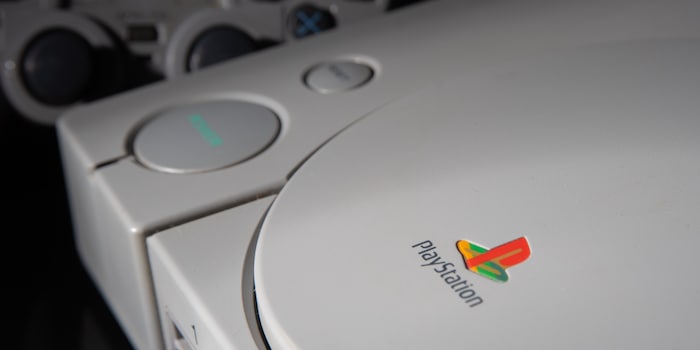
30 years ago, on the third of December 1994, the Sony PlayStation was unleashed and on a mission to shake up the video game console market. Time to take a look at the history of this revolutionary console and the impact it has had to this day.
In the early nineties, two brands dominated the home console market: Nintendo and Sega. Sony, on the other hand, wasn’t dabbling in the gaming business at the time. Instead, the company was focused on home electronics. It’s hard to imagine it would become the market leader by the end of that decade. Not to mention ushering in the era of modern gaming: 3D graphics, huge worlds and mature storytelling. The reason for its success wasn’t duped management, as was long assumed, but one man in particular: Ken Kutaragi.
Although Sony’s focus in the 1980s was on home electronics, the company was already producing components for consoles – such as the sound chip (article in German) for the Super Nintendo Entertainment Systems (SNES). It was developed by none other than Ken Kutaragi, now regarded as the creator of the PlayStation.

Kutaragi believed that CD-ROMs, popularised by Sony, were superior for gaming to the cartridges that prevailed at the time. He suggested to management at Nintendo that they develop a CD-ROM drive for the SNES; an add-on that enabled you to play CDs.
This is roughly how a Blender artist pictures the add-on today.
However, the people in charge at Nintendo didn’t like the idea of giving up their cartridges, so they only let Kutaragi develop the drive because he was so insistent. The project, later called SNES-CD, was therefore on shaky ground right from the start.
Despite the pushback, Kutaragi started developing the hardware. All he needed was the software for the add-on to run. He turned to Shigeo Maruyama, a software developer at the time who went on to become CEO of Sony Music Entertainment. He agreed to help Kutaragi, even though several Sony executives advised him not to. Why? Because they saw no future for the company in video games and regarded them as mere children’s toys. The reason why Maruyama was still willing to help was that he wanted to develop a home karaoke system. Seeing that many Japanese households already had a SNES connected to their TV at the time, he saw an opportunity in that.
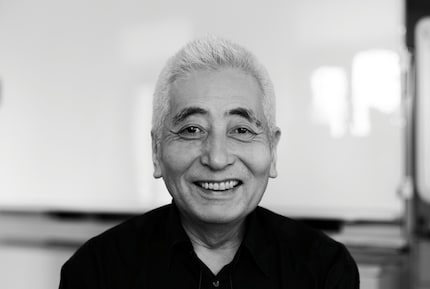
The product was ready and showcased at CES 1991. However, shortly after, Nintendo withdrew from the contract. The reason was likely licensing concerns on Nintendo’s side. It remains unclear why Sony didn’t take legal action over this breach of contract. One thing is certain, though: Kutaragi pulled out all the stops to ensure Sony would continue to pursue the project on its own.
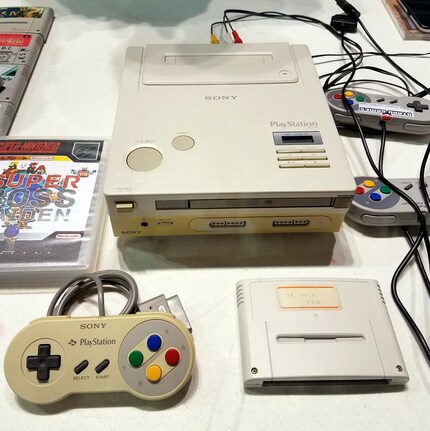
The decision-makers, still struggling to envision a future in gaming, weren’t convinced at the beginning. The financial loss from a failed project is peanuts, at least for a company the size of Sony. In fact, the only thing that had been worked on was a CD-ROM drive, the technology for which already existed anyway and which could be used for the SNES. In an interview, Maruyama speaks about it as follows: «It’s like we were just renting an office instead of building ourselves an entire skyscraper, and then at the last minute they simply kicked us out. Sure it sucked, but that should be the end of it.»
Instead, Kutaragi changes the narrative around and purposely makes it into something much bigger. He accuses Nintendo of violating the honour of Sony management with its breach of contract. In the end, the decision-makers finally gave in, even though they were still sceptical about the gaming business, and Kutaragi was given the green light to develop the PlayStation.
When the PlayStation was launched in October 1993, it was nothing less than a technological revolution. For example, the graphics weren’t dramatically different between the NES and the SNES.
But if you compare the graphics of the PlayStation to the SNES, the difference is huge. This leap was possible thanks to the CD-ROM as a data carrier and the architecture of the console.
Kutaragi and his team were fully aware from the start that the development of 3D hardware’s complex. That’s why they kept the design of the console simple and practical. Two chips are at the heart of the console: the CPU called CXD8530BQ and the GPU with the catchy name CXD8514Q. The CPU ran at a clock frequency of 33.87 MHz. Laughable from today’s point of view, but revolutionary for a console at the time. If you’re interested to learn more about the architecture, I can recommend this article by Rodrigo Copetti.
Put simply, the PlayStation’s design allowed for better and easier programming than other consoles of the time.
But the CD-ROM probably played an even bigger part in the success of the PlayStation. With up to 650 megabytes, a PlayStation disk had over 15 times more memory than a Nintendo 64 cartridge. This high capacity enabled developers to implement huge 3D worlds, CGI cutscenes, CD-quality audio, detailed textures and complex game mechanics. Things that simply weren’t possible with cartridges.
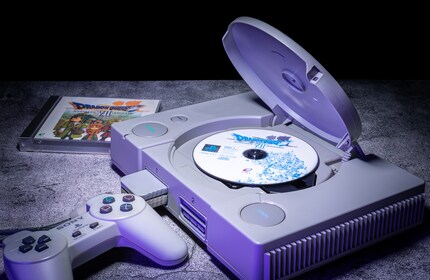
Another advantage of the CD-ROM over cartridges was that they were significantly cheaper and faster to produce. This greatly increased people’s incentive to develop games and try something out of the ordinary. It was one of the reasons why all those experimental games came out at the time and also explains PlayStation’s huge library of almost 8,000 games – including a number of exclusive franchises.
With his idea and ambition, Kutaragi landed a hit that still resonates in the gaming industry today. Over 100 million units of the PlayStation 1 were sold. It’s competitors, the Sega Saturn and N64, managed to shift just under 10 and just over 30 million units respectively.
A few years later, Sony stepped it up a notch and launched the best-selling home game console to date: the PlayStation 2. Today, Sony’s still the market leader alongside Nintendo. Former competitor Sega has withdrawn from the console business, and Microsoft has become virtually insignificant with its Xbox.
Interestingly, there haven’t been any revolutions since the PlayStation 2. Sure, consoles have become increasingly powerful, but they’ve remained unchanged at their core. After years of hardship, rival Nintendo has fought its way back to the top with revolutionary ideas including the Wii motion control system and the Switch hybrid console. Perhaps Sony needs a new revolution instead of mere evolution for the next console generation.
From big data to big brother, Cyborgs to Sci-Fi. All aspects of technology and society fascinate me.
Interesting facts about products, behind-the-scenes looks at manufacturers and deep-dives on interesting people.
Show all
Background information
by Cassie Mammone
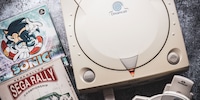
Background information
by Kevin Hofer

Background information
by Domagoj Belancic